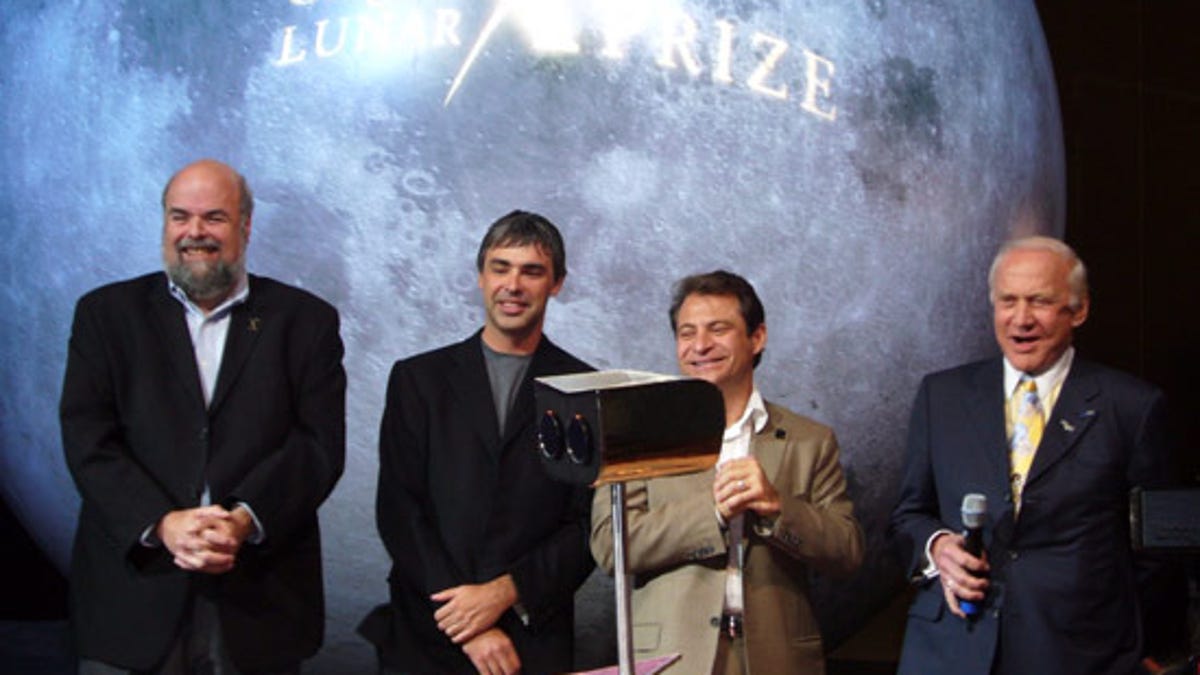Google Lunar X Prize contest sets official roster
The competition aims to award the winning team $20 million for sending a robot to the moon and having it travel 500 meters while transmitting data back to Earth.

The Google Lunar X Prize competition now has an official roster of 29 registered teams, paving the way for a new race to the moon.
The X Prize Foundation today announced seven new teams that had been previously unknown to those who are following the competition. They include Mystical Moon of the USA and Space II of Israel, two teams that are trying to improve "scientific awareness" among the world's youth. Team Puli of Hungary is made up of "young Hungarian professionals," while the Penn State Lunar Lions of the USA are aiming for the moon with a team of students, faculty, and engineers.
"The official private race to the Moon is on," Peter Diamandis, chairman and CEO of the X Prize Foundation, said in a statement. "What I find amazing is that when we first announced this competition, we thought there might be a dozen groups talented and bold enough to compete. Instead, we have nearly 30 teams of heroic innovators showing us a new way to the Moon."
Google and the X Prize Foundation first announced the competition in 2007. In order to win, a single team must first of all put a robot on the moon, and then that robot must travel on the surface for at least one-third of a mile. All the while, the robot must stream high-definition video and transmit data back to Earth. The first team to do so wins $20 million. The second team to achieve the feat will earn $5 million.
Teams can earn $1 million for "stimulating diversity in the field of space exploration," while another $4 million in prizes will be given out for additional feats, such as traveling further, going to a previous lunar mission location, and more.
But the cash winnings aren't necessarily the most important aspect of the competition. The Google Lunar X Prize is taking exploration out of the hands of government organizations and giving teams with private funding the ability to push the envelope to space. That is becoming especially important as the NASA faces the possibility of decreased funding in the years ahead.
Earlier this week, President Obama unveiled his fiscal 2012 budget, which included $18.7 billion in funding for NASA. That figure was $276 million less than the agency's 2011 budget. If the budget passes at that amount, NASA Administrator Charlie Bolden acknowledged that his agency will need to make "tough choices" as it looks towards the future of space exploration.
Luckily for NASA, it's also benefiting from the Google Lunar X Prize competition. Diamandis said in a statement that some of the teams have sold their data to NASA for up to $10 million each.
Even though the teams are now set, don't expect to see any of them getting to the moon anytime soon. Google said today that it doesn't expect any team to cash in on the prize until 2015.
Further reading: "The next five years of the X Prize"

